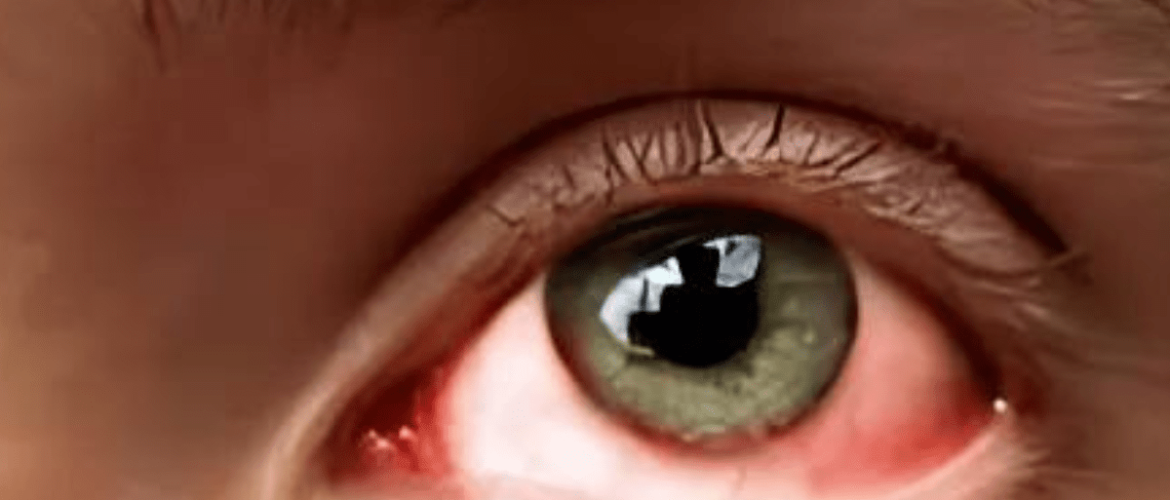What is an Eye Stroke or Retinal Artery Occlusion?
Circulation of blood helps bring in oxygen and nutrients and also remove the waste products from all the organs and hence is essential for the organ’s normal functioning. Blockage of this blood supply leads to death of the tissues – called stroke. When it occurs in the brain, it causes significant body dysfunction to be noticed by the patient immediately. However, an eye stroke may occasionally be gradual in onset, also if it affects one eye, the patients fail to realise the loss of vision in one eye as they can still see clearly through the other one.
Similar to a brain stroke, it is vital to identify the disorder immediately as delayed treatment often results in long lasting impairment. Ocular stroke can occur either due to blockage of the main artery called the central retinal artery or one or more of its four small branches, ultimately leading to dysfunction of the retina and vision loss. A film is essential to click a photo from a camera, likewise a healthy retina is a must for good visual activity.
What are the symptoms of Ocular Stroke?
Stroke often occurs first in one eye, hence makes it very important to check vision of both the eyes. Eye stroke is often preceded by a phenomenon called amaurosis fugax in which the patient experiences a black curtain falling in front of the eye for a few seconds to minutes. It is important not to ignore such episodes as timely identification and treatment of the risk factors can help prevent occurrence of an eye stroke.
Many people with eye stroke experience loss of vision without any pain upon waking up in the morning.
A few may even experience a dark area/shadow in their vision or a loss in contrast/light sensitivity.
What are the causes of Eye Stroke?
Eye stroke occurs due to blockage of the retinal vessels by a clot. The clot could have formed locally due to vessel trauma/occlusion or dislodged from a distant site (atherosclerotic plaque in major vessels). It is commonly associated with brain stroke and heart attacks.
Who is at a high risk of having an Eye Stroke?
People with the below mentioned conditions are at a high risk of having an Eye Stroke
- Hypertension
- High cholesterol
- Diabetes
- Glaucoma
- Ocular trauma
- Smoking habit
- Tobacco intake
- Clotting disorders or heart valve diseases.
Recently, Mucormycosis post COVID-19 is also a major risk factor leading to eye stroke because of the vaso-invasive property of the fungus.
A thorough investigation of the entire body is must in an eye stroke patient to identify the risk factors and treat accordingly.
Can Retinal Artery Occlusion be prevented?
Eye stroke per se cannot be prevented, but a prompt diagnosis and treatment can help prevent permanent loss of vision. The only way to decrease the risk of an eye stroke is to lead a healthy lifestyle. Cultivating good habits like daily exercise and a well-balanced diet are essential. It is also important not to neglect your health and to get a regular health check-up done to keep the systemic disorders under control.
How is an Eye Stroke diagnosed?
The diagnosis of an eye stroke involves two stages:
Stage 1:
Diagnosis of the disease itself by fundus examination which may be supplemented by an OCT scan of the eyes. Fundus examination reveals the type and the extent of the obstruction and can also help diagnose the complications if any. OCT scan of the eye helps to identify the extent of the damage and any edema that might have occurred as a rare complication of it.
Stage 2:
Diagnosis of the risk factors that might have caused the eye stroke to prevent occurrence of an eye stroke in the other eye or a brain stroke/heart attack
Are there any complications to Eye Stroke?
Eye stroke may be associated with formation of new vessels (neovascularisation) which can eventually lead to bleeding inside the eye (vitreous hemorrhage) and further loss of vision. An old undiagnosed patient can develop raised intraocular pressure (neovascular glaucoma).
What is the treatment for Retinal Artery Occlusion?
There is no definite treatment of an eye stroke, but a thorough examination by an eye doctor helps to find a cause and treat accordingly.
- Lowering the eye’s pressure helps to dislodge the clots in a few
- Some may respond to steroid therapy to decrease inflammation
- Few others may be started on blood thinners to dissolve the clot and prevent further such attacks.
The decision is best left to your eye doctor.
To conclude:
Eye strokes can lead to permanent visual impairment; consult your doctor as soon as possible. Awareness of this sight threatening condition might help the patients to be more alert and consult with an ophthalmologist at the earliest. MMJ eye hospital has expert doctors including Vitreo-Retinal specialists available 24*7, helping patients in need to get immediate treatment without any delay.

No comments yet.